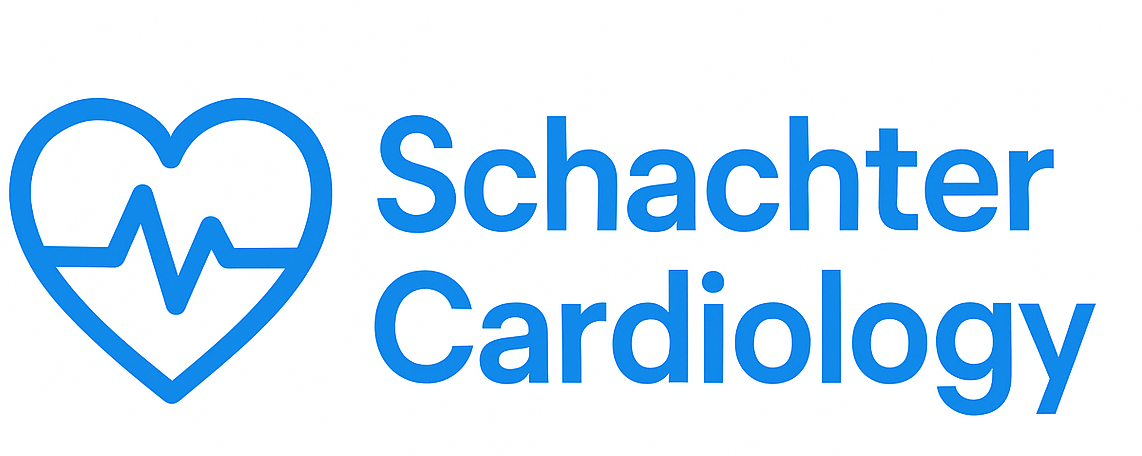Understanding the Role of Physical Activity in Managing Hypertension
The Connection Between Physical Activity and Blood Pressure
Hypertension, commonly known as high blood pressure, is a major risk factor for heart disease and stroke. Managing blood pressure effectively is essential for maintaining overall cardiovascular health. One of the most effective and accessible ways to manage hypertension is through regular physical activity. This blog post will explore how exercise influences blood pressure, the types of activities that are most beneficial, and practical tips for incorporating physical activity into your daily routine.
What is Hypertension?
Hypertension occurs when the force of blood against the artery walls is consistently too high. It is often referred to as a “silent killer” because it usually has no noticeable symptoms. Hypertension can lead to serious health complications, including heart failure, kidney damage, vision loss, and stroke.
How Does Physical Activity Affect Blood Pressure?
Physical activity has a profound impact on blood pressure. When you engage in aerobic exercise, your heart becomes more efficient at pumping blood, which can lower the pressure in your arteries. Here are some ways in which physical activity can help manage hypertension:
- Weight Management: Regular exercise helps maintain a healthy weight, which is crucial for managing blood pressure. Losing even a small amount of weight can significantly lower blood pressure.
- Improved Heart Health: Exercise strengthens the heart muscle, allowing it to pump blood more efficiently, reducing the pressure on artery walls.
- Reduced Stress: Physical activity is a natural stress reliever. Lower stress levels can lead to lower blood pressure.
- Enhanced Blood Flow: Exercise promotes better circulation and helps keep blood vessels flexible, which can aid in maintaining healthy blood pressure levels.
Types of Physical Activity Beneficial for Hypertension
Not all physical activities are created equal when it comes to managing hypertension. Here are some types of exercise that are particularly effective:
- Aerobic Exercise: Activities such as walking, jogging, swimming, or cycling are excellent for lowering blood pressure. Aim for at least 150 minutes of moderate aerobic exercise per week.
- Strength Training: Incorporating resistance training into your routine can also help lower blood pressure. Aim for two sessions per week, focusing on major muscle groups.
- Flexibility and Balance Exercises: While these may not directly lower blood pressure, they can enhance overall fitness and reduce the risk of injury. Activities like yoga and tai chi can also promote relaxation and stress reduction.
Creating a Physical Activity Plan
To effectively manage hypertension, it’s important to create a structured physical activity plan. Here are steps to consider:
- Consult Your Doctor: Before starting any new exercise regimen, especially if you have existing health conditions, consult your healthcare provider.
- Set Realistic Goals: Start small and gradually increase the intensity and duration of your workouts. Setting achievable goals can enhance motivation.
- Find Activities You Enjoy: Choose exercises that you find fun and engaging. This will help you stay committed to your routine.
- Stay Consistent: Consistency is key when it comes to reaping the benefits of physical activity. Aim to make exercise a regular part of your daily routine.
Additional Lifestyle Modifications
In addition to physical activity, other lifestyle changes can support hypertension management:
- Healthy Diet: Following a heart-healthy diet, such as the DASH (Dietary Approaches to Stop Hypertension) diet, can help lower blood pressure.
- Limit Sodium Intake: Reducing salt in your diet can have a positive effect on blood pressure levels.
- Avoid Tobacco and Limit Alcohol: Both smoking and excessive alcohol consumption can raise blood pressure.
- Manage Stress: Incorporate stress-reducing techniques such as meditation, deep breathing exercises, or hobbies that promote relaxation.
Monitoring Your Progress
Regularly monitoring your blood pressure can help you track the effectiveness of your lifestyle changes. You can do this at home with a blood pressure monitor or during routine check-ups with your healthcare provider. Keeping a journal of your physical activity and blood pressure readings can also help you stay motivated and make necessary adjustments to your routine.
Conclusion
Managing hypertension is crucial for maintaining heart health and reducing the risk of serious health complications. Regular physical activity is one of the most effective strategies for controlling blood pressure. By incorporating aerobic exercise, strength training, and flexibility exercises into your routine, you can significantly improve your cardiovascular health. Remember to consult with your healthcare provider before making any significant changes to your exercise regimen, and stay committed to your health journey for a healthier future.
Disclaimer
The information provided in this blog post is for educational purposes only and should not be considered medical advice. Always consult with a qualified healthcare provider for diagnosis and treatment of any health-related issues.
Disclaimer: This article is for educational purposes only and does not constitute medical advice. Always consult a qualified healthcare professional.
